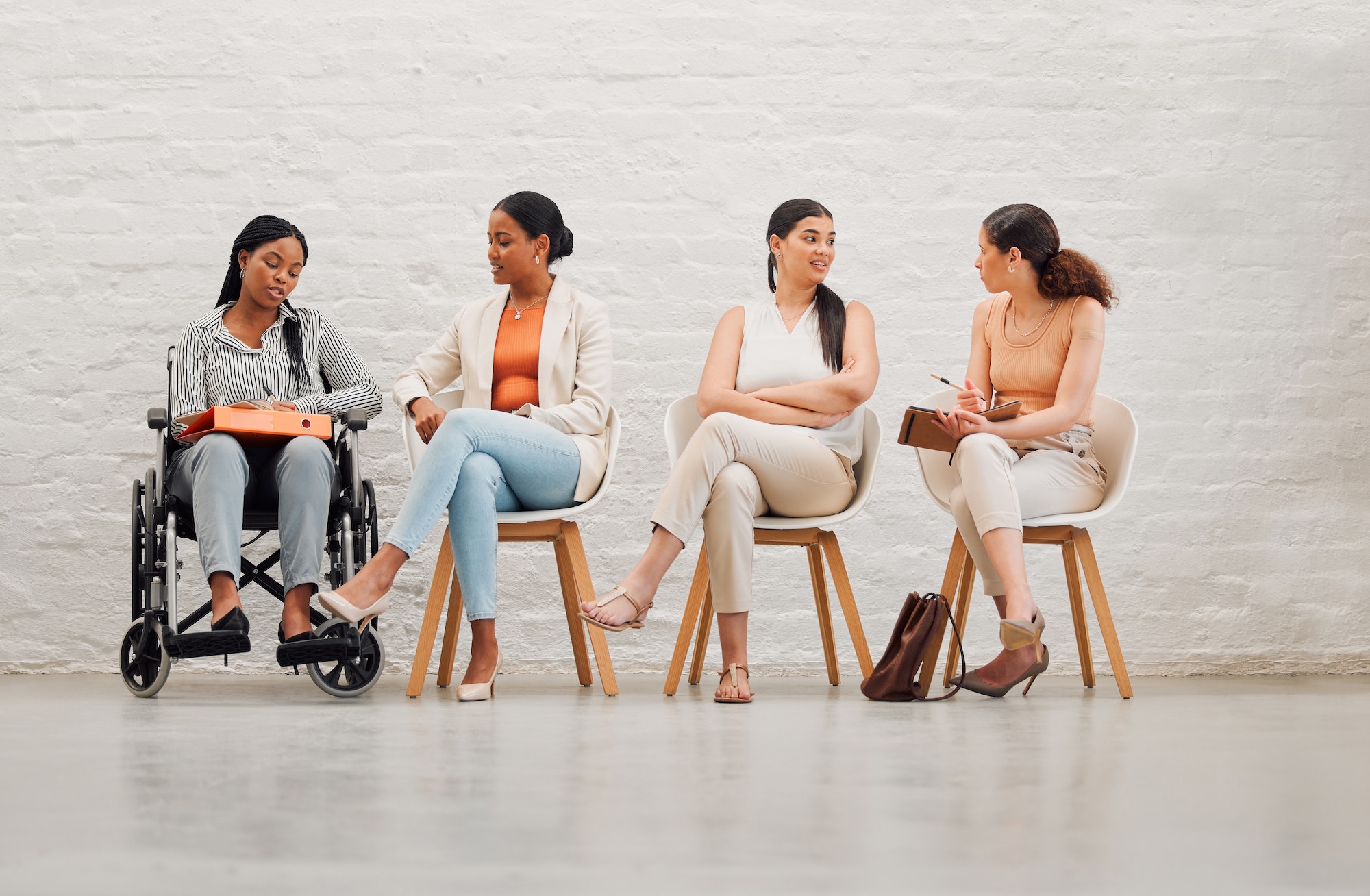[ad_1]
To create work that reflects the world, we need to be all in.

The World Health Organization estimates that 1.3 billion people — or one in six people worldwide — experience significant disability. And, although many technology companies have created tools to make daily life more accessible for those experiencing a disability, this population often remains invisible in the world of advertising and marketing.
Google is trying to change that.
When you see yourself and your community represented authentically in ads and marketing, it means there’s a place for you in society. Most importantly, it means that there are people like you out there that exist and you’re not alone.
Voice narration from video, All In: Building accessible and disability-inclusive creative | Google
That’s the mission behind All In, Google’s recent effort to hold itself accountable to inclusive marketing standards while making it easier for others to do the same.
WHAT IS INCLUSIVE MARKETING?
Six key principles guide the All In Inclusive Marketing framework:
Google’s Chief Marketing Officer Lorraine Twohill explains that inclusive marketing may not be more efficient, but it is more effective.
“There is a steep learning curve [for marketers] in the early stages, which is exactly why we created the guidelines [for] All In,” she says. “They were used by us, internally, first. Then, we took six months to develop them and bring them to all of our agencies, making it easier for them [to implement]. When we’ve gotten [inclusive marketing] right, we are seeing our work resonating more — especially with younger audiences. I think there is zero debate that we really have to get this right if we want our audiences to get excited about what we stand for and who we are.”
Culturs learned about Google’s All In inclusive marketing playbook while attending the 2022 Cannes Lions International Festival of Creativity in Cannes, France — the largest annual gathering of the world’s top creatives, marketing professionals, and advertising agencies. Culturs Founder Doni Aldine followed Twohill’s remarks at Cannes with this question: “How do you represent those who identify as in-between — who are culturally fluid and/or geographically mobile — within the All In framework?”
I think there is zero debate that we really have to get this right if we want our audiences to get excited about what we stand for and who we are.
Lorraine Twohill

“We know that intersectionality and the spaces in between really matter,” Twohill explains, “and we do cover that in All In. We measure [intersectionality] and train people on what it means so that we don’t end up with only very traditional [diversity] tropes and think we can feel good about ourselves.
“We have to work harder to be fully inclusive so that everyone sees themselves,” he continues. “We even include work on the website that we don’t think nailed it to help people understand exactly what we mean [by intersectionality]. That’s how we learn.”
FROM A BLANK PIECE OF PAPER TO A ROBUST TOOL
Brand Marketing Strategist and Inclusive Marketing Lead Raphael Diallo explains how Google developed the All In standards.
“From the very beginning, we recognized that we needed to provide advice to shape our campaigns and help our partner agencies,” Diallo says. “So, we started reaching out to organizations that were advocating for specific communities, [then] advertising partners like Cannes Lions [and others]. All In is very robust, but really started as a blank piece of paper.”
Diallo further shares his own cross-cultural identity: “I’m the son of an immigrant from West Africa and a white American. I’m also a gay man. Growing up, it was always difficult to place myself in a box. I’ve often reflected on my own identity and what people might see in me. My hope with sharing All In is that we can create a ripple effect — helping other brands create content that helps everyone feel included.”
From the very beginning, we recognized that we needed to provide advice to shape our campaigns and help our partner agencies.
Raphael Diallo

Today, All In provides audience insights for eliminating stereotypes across many different groups, including:
- Age
- Asian Americans
- Black people
- Indigenous people
- Latinos/Latinx
- LGBTQ+ people
- Disabled people
- Plus-size people
- Socioeconomic status
- Trans/Gender expansive
- U.S. Veterans
- Women
It’s an incredibly useful tool for anyone interested in creating inclusive content. To learn more, visit https://google.com/all-in.
Related
[ad_2]
